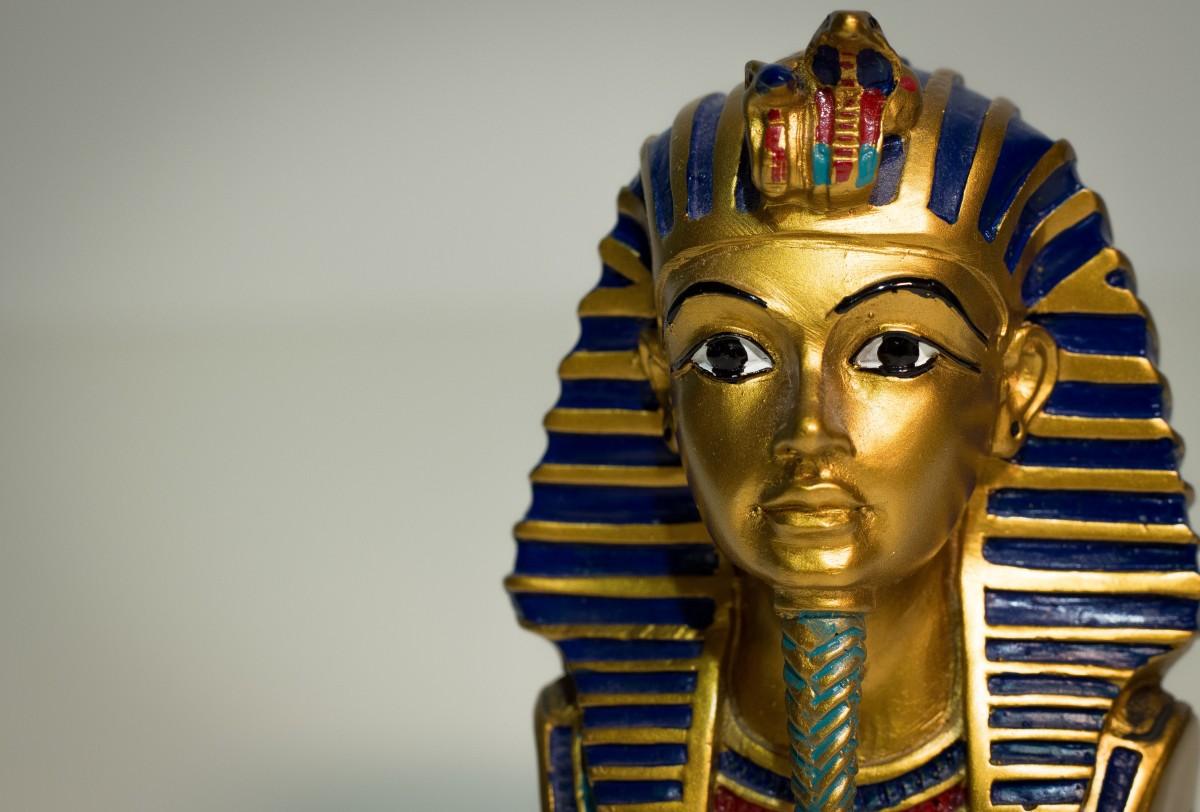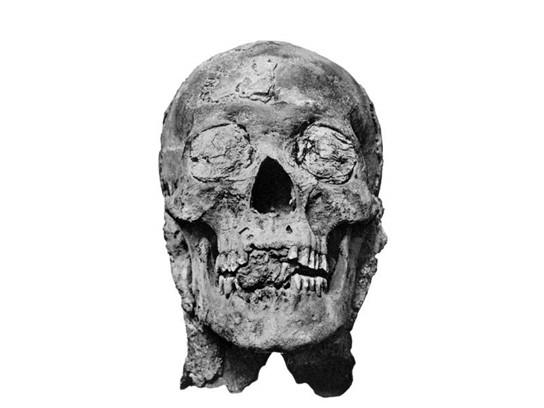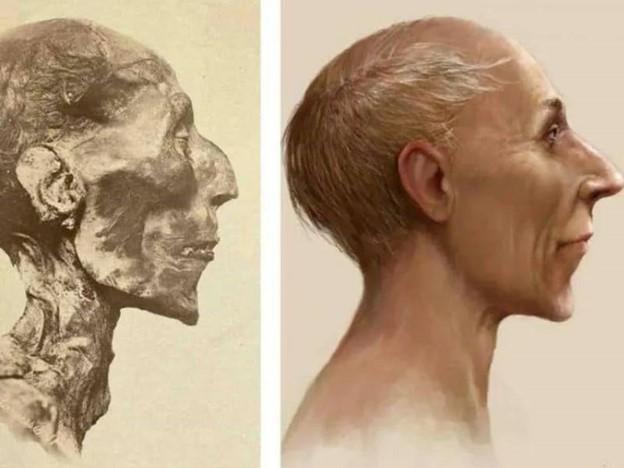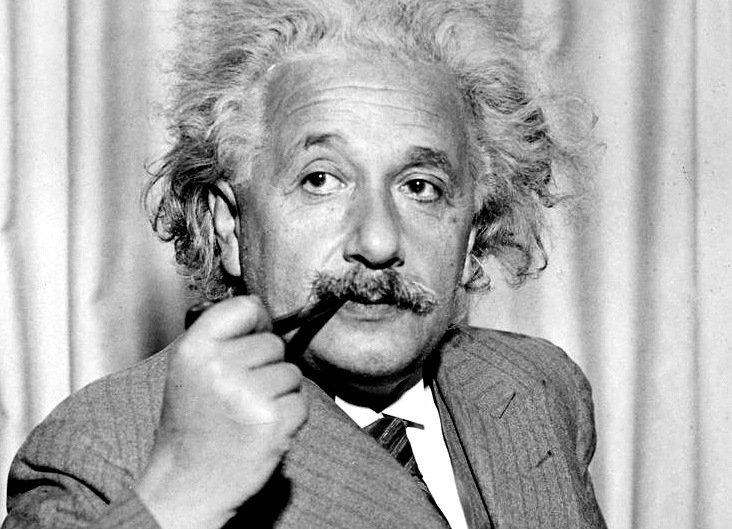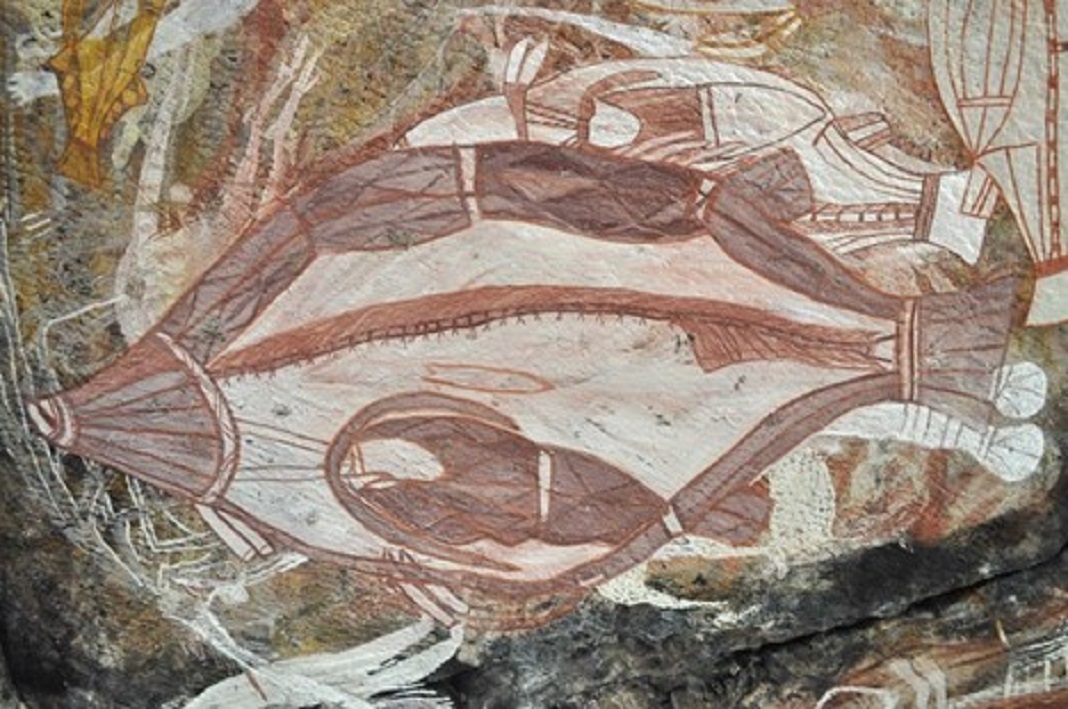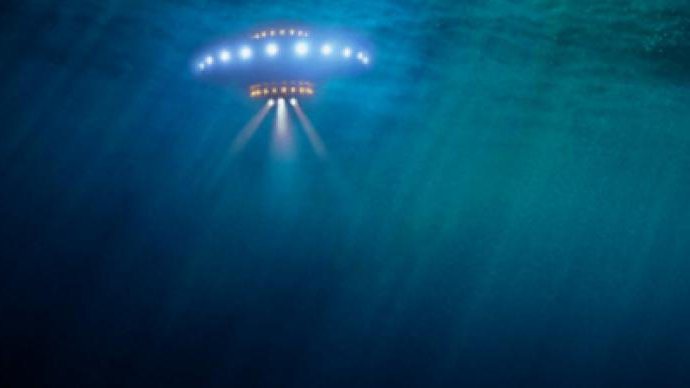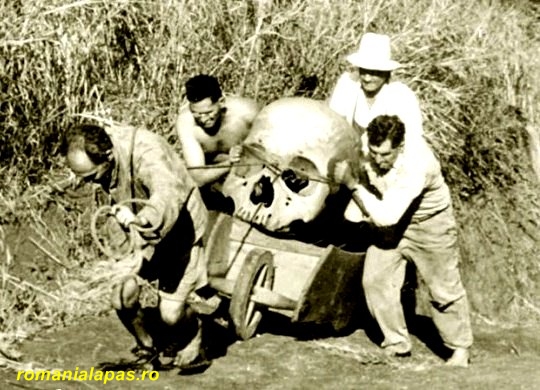Russian anthropologists succeeded in reconstructing the appearance of three Egyptian pharaohs: Amenhotep III, Ramses I and Merenptah. By the end of 2019, British Egyptologist Howard Jones sent to a specialized institute in Moscow X-ray photographs of three mummy heads from British Museum collection. Only one head has been identified: that of the well-known Merneptah, during whose rule the Exodus of the Jews from Egypt began.
Merneptah’s mummy
Specialists were unsure of the identities of the other mummies. According to one hypothesis, one of the mummies belonged to Ramses II, whose body was supposed to be kept in the British Museum. The third mummy was said to belong to Amenhotep III and there was even a crime story connected with it.
Based on X-ray photos
About two years ago, British police detained certain US antiquarian in London. He was trying to sell for 1.2 million dollars a mummy head he had illegally bought in Egypt.
The passport of Ramses II. (Although deceased for over 3,000 years, the mummy of Pharaoh Ramses II needed a passport to transport him to Paris from Cairo, for a specialized “deworming” in 1976).
Obviously, the ancient remains were confiscated, though to identify them, anthropology reconstruction was necessary. Howard Jones and his colleagues Howard Jones and his colleagues enjoyed what was offered to them and they were not disappointed, as the results of the reconstruction turned out to be literally sensational. Basing on the X-ray photographs, Russian anthropologists at first made counter drawings, and then graphic portraits of the faces of the pharaohs.
Howard Jones, who possessed deciphered hieroglyphic inscription on sarcophaguses could finally identify each of the three pharaoh mummies. As for Merenptah, it was everything obvious with him from the very outset. Though the second “stranger” sprang a surprise upon the scientists.
The supposed Ramses II turned out to be his uncle, Ramses I, and the third mummy belonged to Amenhotep III, a powerful pharaoh of the 18th dynasty. He built the temples of Soleb and Sedeing.
The mummy of Amenhotep III
Living portraits
No one had ever seen such portraits of pharaohs: not mortuary masks of half-mythical figures, but living portraits. As for anthropological characteristics, all three turned out to be representatives of the Mediterranean race (like most people in Southern Europe, the French and Italians today).
Atypical for the Egyptian pharaohs, Ramses I had a prominent nose, a long face and rough features, while Amenhotep II had a less firm figure, with a less fleshy nose and gentler features. Starting from the state of the mummy’s dentition, Russian anthropologists have determined the approximate age of the pharaohs. Ramses I died at the age of 60, Merneptah at about 50, and Amenhotep II at almost 40 years of age.
These conclusions contradicted to generally accepted information among Egyptologists: Amenhotep could not reign for 40 years, because he lived only 40 years, and Merneptah could not fight with the Syrians and Lebanese at the age of over 50, because he died at 50 years old.
This is what Ramses I looks like after the reconstruction
The researchers were surprised by these discrepancies, although they were very impressed with the work of those in Moscow.
The rule of correspondence between the structure of the skull and the physical features
The Anthropology Reconstruction Laboratory by Ethnology Institute is the only place in Russia, where the appearance of any person can be restored, whenever he has lived: 10 or 1000 years ago. Main thing anthropologists need is the skull or its X-ray photograph. The laboratory uses the method of famous Soviet anthropologist Mikhail Gerasimov, who formulated the correspondence rule of skull structure and features. In this way, portraits of many historic personalities were reconstructed, in particular that of Ivan Grozny, tsar Fyodor, great German poet Friedrich Schiller, and others.
According to Russian researchers, the method guarantees maximum objectivity and is used by specialists of many countries. However, according to Tatiana Balueva, Western researchers add other elements to this method, which only harm the reconstruction results. In particular, foreign researchers use computerized models of skulls that are, in fact, able to restore the features of the individual in detail. But the Russians are working with the “original”.
Starting from the skull
In the United States, Western Europe and Southeast Asia, information about the thickness of the skin layer, extracted from the analysis of corpses, is used, and the Russians use old-fashioned technology to obtain the same information from a living figure. “This way we make sure that our methods are more objective”, Balueva said.
Russian anthropologists reconstruct the human physiognomy starting from the skull, not using the computer. According to Tatiana Balueva, “the skull, which is a very special and individualized structure, can only be “placed” in the computer schematically, taking into account only its general features.”
A study by the institute showed that the connection between facial tissues and the size of the skull is not a race-dependent factor, while all individual features largely depend on the structure of the skull.
